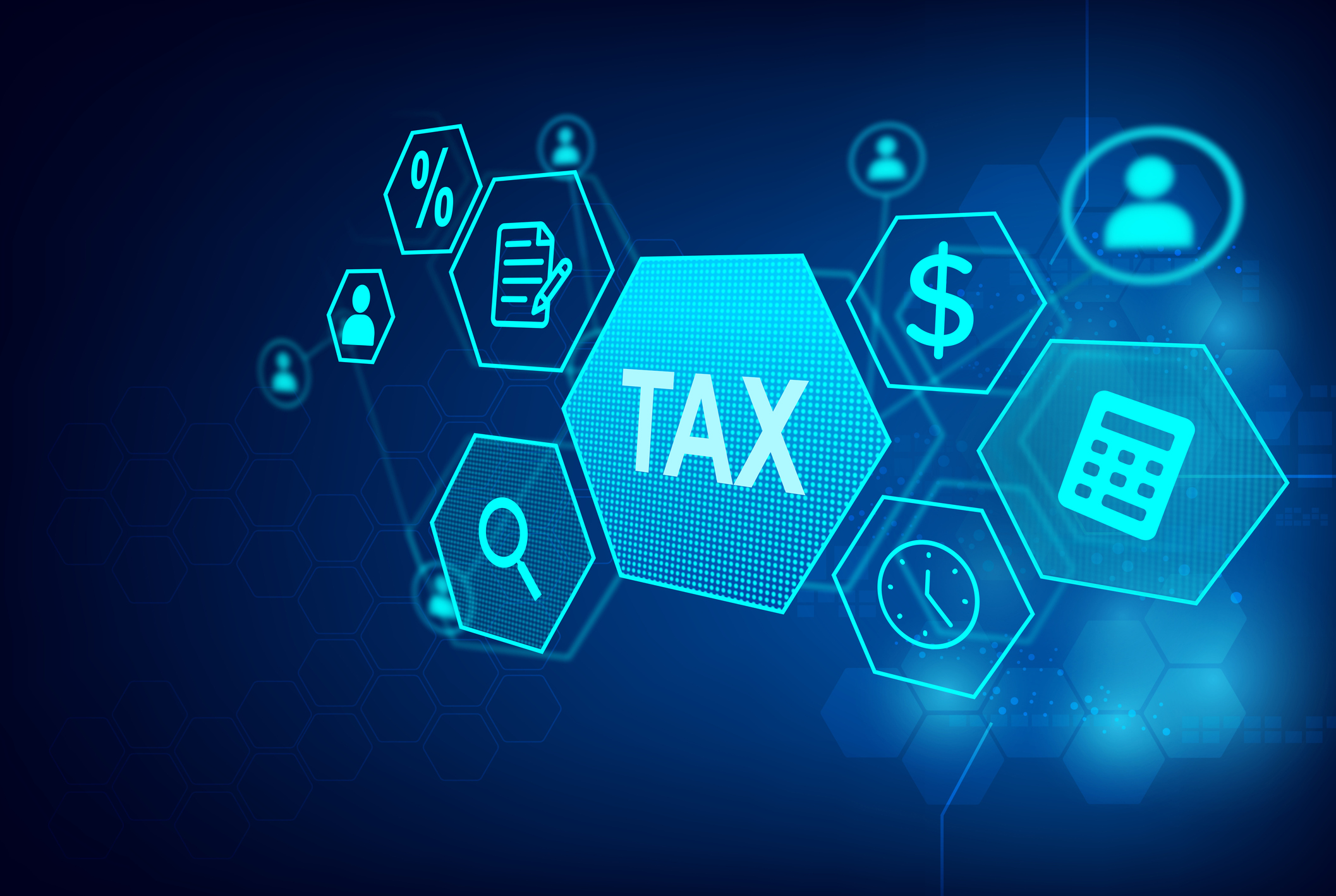
The U.S. Treasury Department is harnessing AI to combat taxpayer fraud, successfully recovering $4 billion in fraudulent and improper payments. This success is primarily due to advanced machine learning (ML) techniques that analyze data to identify tax non-compliance.
In a recent release, the Treasury emphasized its commitment and noted plans to equip other federal agencies with AI tools, data, and expertise to combat improper payments and fraud.
“Treasury takes seriously our responsibility to serve as effective stewards of taxpayer money. Helping ensure that agencies pay the right person, in the right amount, at the right time is central to our efforts,” Deputy Secretary of the Treasury Wally Adeyemo said.
As reported by Kiplinger, the IRS has also used AI during tax season for high-earner audits and automated chatbot services.
While these advancements could improve efficiency and recover more tax dollars, they may also lead to increased audit risk for some taxpayers. Here's more of what you need to know.
Treasury prevents and detects fraud through AI
One way Treasury has cracked down on financial crime is through machine learning (ML). ML uses algorithms and statistical models to find patterns in datasets.
In the last year alone, the Department says ML has prevented $1 billion in check fraud.
This is big news since online payment fraud may break $362 billion by 2028. Treasury reports it “disburses approximately 1.4 billion payments valued at over $6.9 trillion to more than 100 million people annually.”
Presumably, all applicants for those payments meet proper requirements. But with fraud losses on the rise, AI could help save billions in future improper payments.
Other applications of computerized intelligence have helped mitigate Treasury fraud in the following ways:
- $2.5 billion was saved through the identification of high-risk transactions
- $500 million saved via expansion of “risk-based screening”
- $180 million saved by the implementation of more efficient payment processing
IRS and SSA benefits: How the government uses AI
The tax gap represents the difference between tax paid and tax owed. Closing that gap means shifting the tax burden back to those who don’t pay their taxes.
To help mitigate this difference, the IRS is now using AI to audit individuals and supply taxpayer services.
Additional efforts to help close the tax gap include:
- Providing automated customer service (chatbots) to taxpayers to answer more questions more timely
- Hauling back $1.3 billion from high-income earners through audits
- Recovering $13.2 billion in unreported gambling winnings
The estimated tax liability increased slightly compared to a few years ago. But that increase was likely due to economic growth rather than a reduction in compliance. A recent IRS estimate of the tax gap is $696 billion and, according to the tax agency, is expected to drop by $90 billion through enforcement efforts.
Plus, the federal government is exploring other uses for computerized intelligence.
For example, AI is helping the Social Security Administration (SSA) make faster determinations for disability benefits by identifying qualifying medical evidence.
While the SSA hasn’t yet provided estimates for taxpayer dollars saved, the agency has stated it will uphold legal, privacy, and ethical considerations as part of its AI compliance plan going forward.







